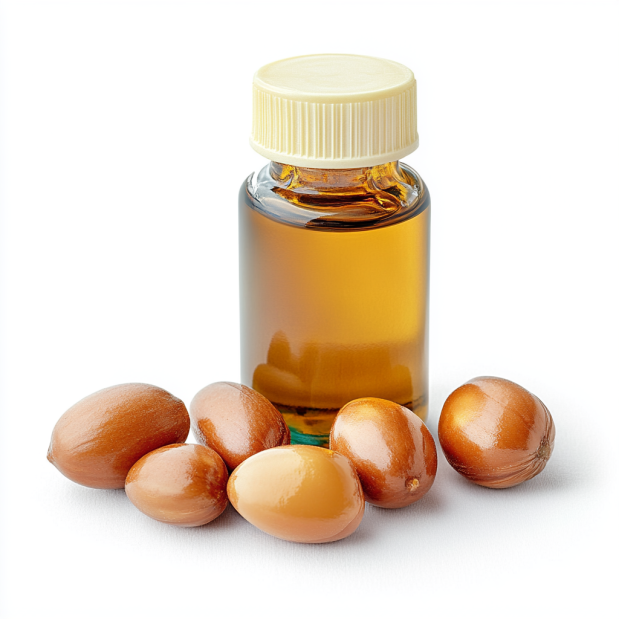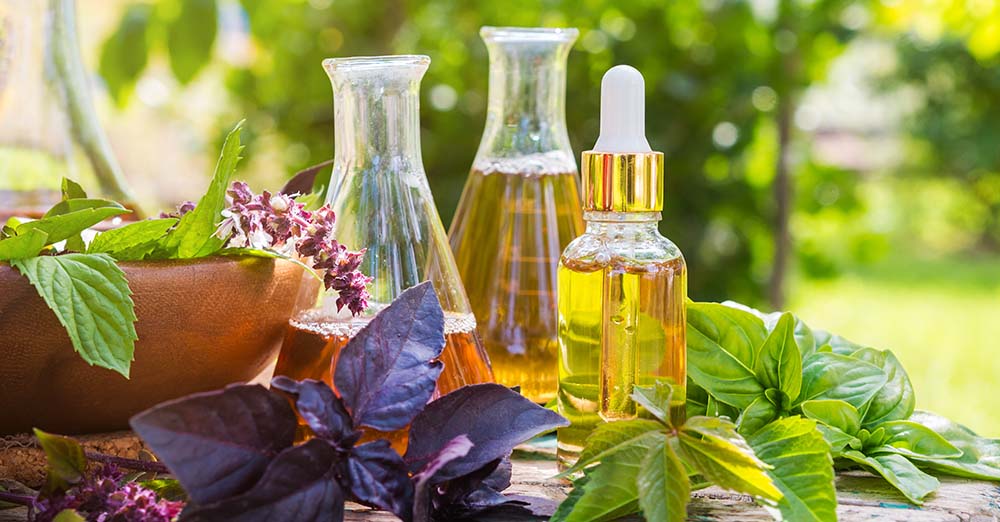Recently updated on: December 14th, 2022
The most important factors influencing the purchase of cosmetics are their properties and composition. However, nowadays, along with the growing consumer awareness, more and more attention is also paid to other issues related to their origin or indirectly resulting therefrom.
Quality and safety of cosmetic products
The origin of the cosmetic product and, above all, the ingredients it contains – both active and auxiliary substances – plays a huge role in the quality and safety of a cosmetic.
Adulteration of cosmetic ingredients
When importing products from unverified sources, you have to take into account that they will not necessarily be 100% consistent with the description. Although the packaging of cosmetic products contains information about their composition, it must be remembered that it is the composition declared by the manufacturer, not necessarily supported by thorough research. This involves the risk of more or less deliberate adulteration of the ingredients used, which may affect the properties and effectiveness of the preparation.
This problem mainly concerns products containing plant extracts and is also widely described in the context of dietary supplements .
Adulterations may result from incorrect identification of the raw material during its harvest, contamination with other compounds / raw materials, as well as deliberate actions to reduce production costs or hide low-quality ingredients used. An example is argan oil, often adulterated with cheaper and more available olive oil.
Choose the original 100% argan oil undiluted with other oils:

Argan oil
Unrefined argan oil shipped from Morocco from a reliable supplier. It does not have an unpleasant odor! It can be used for all kinds of cosmetics without any problem.
You can be sure that when you buy argan oil from us, you will receive an undiluted and, above all, fresh product with a high content of vitamin E.
Ingredient contamination
While adulteration of ingredients most often affects the effectiveness of the product, impurities that can reduce its safety are a bigger problem. This applies to both typical production impurities – related to both microbiological purity and the formation of harmful compounds during production, synthesis of ingredients or storage.
The most recent example is the withdrawal in July 2021 of some series of sunbathing aerosols from a known company related to the detection of carcinogenic benzene in them. After detecting the presence of harmful contaminants, defective series of products are usually quickly withdrawn, but it is always associated with financial losses, and the problem is not always noticed immediately after its occurrence.
Consumer expectations regarding cosmetics
Another important issue related to the origin of cosmetic products is the changing expectations of consumers. Along with the growing concern for the future of our planet, more and more people pay attention to factors related to ecology and animal welfare when making their purchasing choices. Demand for vegan and cruelty-free cosmetics is growing, and less ethical companies are sometimes boycotted by some consumer groups.
While animal testing of products and their ingredients is prohibited in the European Union, some manufacturers outsource such testing to laboratories in countries with less stringent regulations. The types of substances used may also lead to the avoidance of selected preparations or of consumer producers. These include not only additional substances such as parabens, silicones, phthalates, but also polymers that are the source of microplastics or sunscreens that are harmful to the ecosystem. The use of such practices and ingredients harms the company’s image and may have a negative impact on sales results. Ecological issues also concern the production process itself (the principles of “green chemistry”) and the method of obtaining natural ingredients (certified crops, Fair trade).
Bibliography:
- https://www.jnj.com/johnson-johnson-consumer-inc-issues-voluntary-recall-of-specific-neutrogena-and-aveeno-aerosol-sunscreen-products-due-to-the-presence-of-benzene
- https://estetico.pl/kosmetyki-testowane-na-zwierzetach
- https://biotechnologia.pl/kosmetologia/oleje-i-tluszcze-tez-mozna-falszowac,15231
- Adamkiewicz K, Ulatowska-Szostak E, Marcinkowski JT. (2011). Najważniejsze czynniki skłaniające konsumentów do zakupu kosmetyków. Hygeia Public Health, 46(4): 467-470 http://www.h-ph.pl/pdf/hyg-2011/hyg-2011-4-467.pdf
- Baraniak J, Kania-Dobrowolska M, Górska A, Wolek M, Bogacz A. (2020). Istotne problemy związane z bezpieczeństwem surowców roślinnych obecnych w wybranych grupach suplementów diety. Postępy Fitoterapii, 3: 161-168
- https://www.czytelniamedyczna.pl/6969,istotne-problemy-zwiazane-z-bezpieczenstwem-surowcow-roslinnych-obecnych-w-wybra.html


